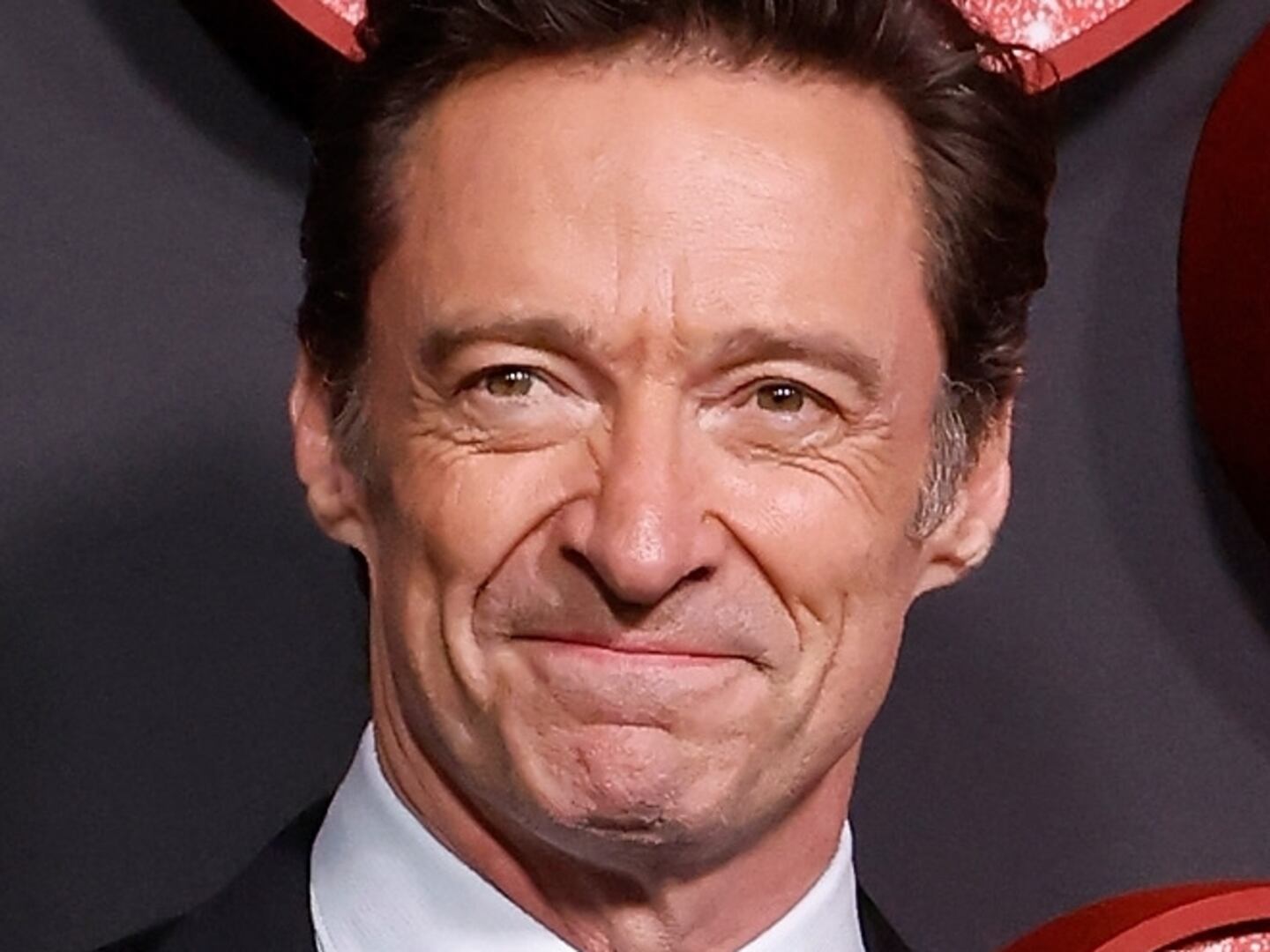Zack Snyder dreams in slow motion, his reveries alight with cascading sparks, mushrooming fireballs, and brightly colored energy beams streaking through the air. There’s no modern director more adept at crafting gorgeous pseudo-static tableaux of superhuman and science-fiction mayhem and madness, and he reaffirms that with Rebel Moon—Part Two: The Scargiver, which hits Netflix and select theaters April 19, the second half of a two-movie saga that began with last December’s A Child of Fire.
Alas, the downside to Snyder’s fondness for hitting the figurative brakes to gaze at men and women in over-the-top, fit-for-Heavy-Metal-magazine panoramas is that his material often grinds to a halt, and that’s never been truer than with his latest, whose visual splendor is no match for his simplistic, derivative plot.
Having defeated admiral Noble (Ed Skrein) at the conclusion of the prior film, fugitive rebel Kora (Sofia Boutella) returns with her mates—love interest Gunnar (Michiel Huisman), general Titus (Djimon Hounsou), cyborg swordswoman Nemesis (Donna Bae), animal tamer Tarak (Staz Nair), and soldier Millius (Elise Duffy)—to Gunnar’s home planet of Veldt. There, she delivers the good news that Noble is dead and that their crops are now safe from the predatory clutches of the Motherworld. What she doesn’t know is that Noble didn’t perish in their last scuffle and has been resurrected by his comrades in a techno-chrysalis that’s juiced via shiny blue and red tubes. Even without this information, however, Veldt’s celebration is short-lived, since one of their own is working as a double agent for the Motherworld, and reports back that the villains will arrive (in five short days) to make their regular grain pick-up.
Kora and company are thus compelled to pick up the harvesting pace, and that endeavor, as well as their efforts to transform the locals into commandoes, dominates the turgid first half of Rebel Moon—Part Two: The Scargiver. These sequences allow Snyder to once again indulge in the Terrence Malick cosplay—marked by shots of wheat being caressed by hands, scythed and beaten, and sifted in the bright morning sun—that he first performed in Man of Steel.

Elise Duffy and Staz Nair
NetflixVeldt is depicted as a warm, rugged land whose people are in touch with nature and each other, and it’s juxtaposed with the dark, imposing, laser-illuminated confines of Noble’s starship. Nonetheless, such contrasts do little more than leadenly signify good and bad, right and wrong. From a structural perspective, the script (by Snyder, Kurt Johnstad and Shay Hatten) is a clunky and conventional beast, as well as an inert one, padding its threadbare narrative with flashbacks that reveal the clichéd backstories of its diverse heroes.
Of these rearview-mirror glances, the only relevant one concerns Kora, who—having been raised and molded into a peerless warrior by the Motherworld’s chief scoundrel, Regent Balisarius (Fa Free)—helped assassinate the universe’s king, queen, and young princess, whom Kora was tasked with protecting. For her treachery, Kora was then betrayed by Balisarius and forced to go on the run, and she found safety and love (in the arms of Gunnar) on Veldt. Somewhere along the way, she also picked up the nickname “The Scargiver,” which sounds cool but mainly results in Noble talking about how he was scarred by the Scargiver, and now wants to show her his scar (no, seriously). Boutella’s heroine is a tortured soul who’s torn between her past and present selves, yet in practice, her inner life is largely irrelevant, given that Kora’s pressing conflict is with Skrein’s Noble, a functional rival who believes that murdering the outlaw will help his career.

Doona Bae, Staz Nair, Michiel Huisman, Sofia Boutella, Elise Duffy, and Djimon Hounsou
Courtesy of NetflixWhen their showdown arrives, it’s cast in the same unimaginative Star Wars mold as the previous film, complete with fiery glowing blades clashing as death and destruction erupts all around them. Snyder gives this finale a boost by literally tipping everything on its side, but it’s not enough to offset the fact that his gifts for composition and staging are largely wasted on scenarios that have been seen a million times before.
There’s a rich, glistening luster to Rebel Moon—Part Two: The Scargiver’s best images, and when it pauses long enough to take a breath—say, to contemplate an intergalactic sky filled with giant moons and planets—it can be quite lovely. That additionally goes for its sporadic, mysterious shots of Jimmy, a rebel robot who once served the same king as Kora, and who now lives in the mountains of Veldt, decked out in a tattered robe and antler crown, and speaking in the voice of Anthony Hopkins.
Jimmy epitomizes much of these proceedings, in that he’s striking to look at and a terrible bore designed only to facilitate crude storytelling. Aside from a few sage words, Jimmy’s purpose is to lurk on the fringe and, at the right moment, to leap into badass action, thereby fulfilling his true deus ex machina role. That’s more than can be said about his compatriots, who remain a drearily featureless bunch. All are fundamentally honest and upright freedom fighters who were persecuted or betrayed by the Motherworld, and all display Herculean combat prowess, felling hordes of enemies in their own distinctive ways. The guerilla warfare that consumes the second half of Rebel Moon—Part Two: The Scargiver, however, is as hackneyed as it is interminable, and the latter quality is exacerbated by Snyder’s fixation on slowing every other shot down to a veritable standstill, the better to facilitate appreciation of his CGI sound and fury.

Djimon Hounsou
NetflixSet to Tom Holkenborg’s bombastic score, Gregorian chanting, and endless pew-pew-pews, Rebel Moon—Part Two: The Scargiver roars and rampages, yet its drama can’t match its aesthetic pomposity. A depressingly thin and lifeless saga of underdogs triumphing in the face of insurmountable odds, it trades only in formula and phony corner-cutting.
At a certain point during its seemingly endless centerpiece, questions begin to arise about the basic logic of this tale, considering that no matter how Kora and her mates fare in this particular battle, the Motherworld can always return at any moment to annihilate them. To his credit, Snyder does ultimately have an answer for such nagging issues. Unfortunately, though, they involve the most worn-out and unwanted of all devices: the we’re-just-getting-started cliffhanger intended to set up additional sequels.






